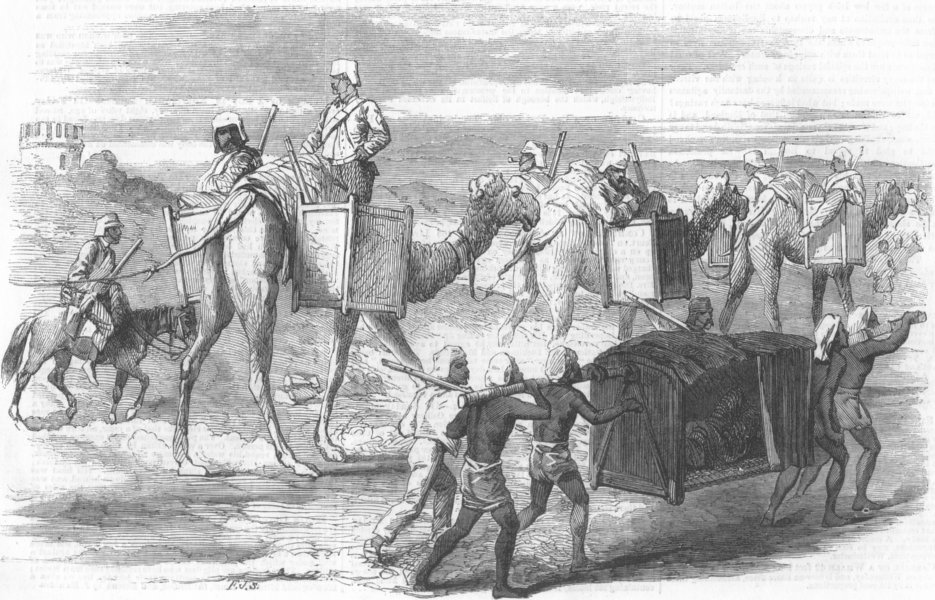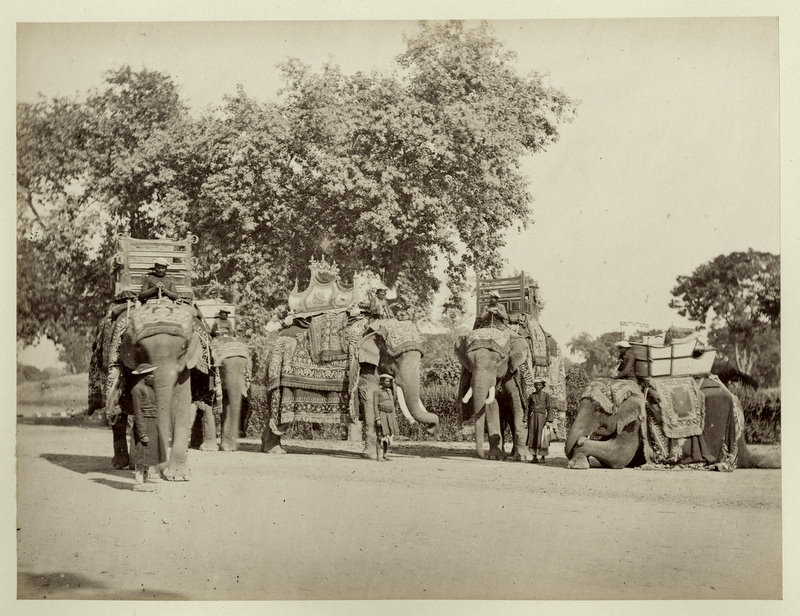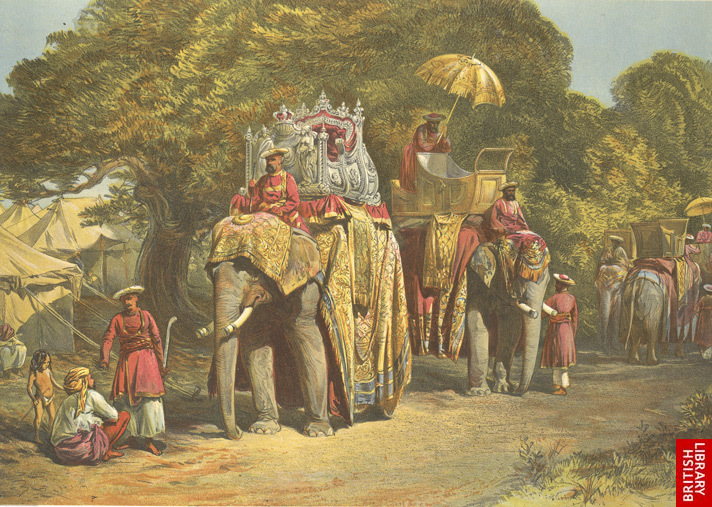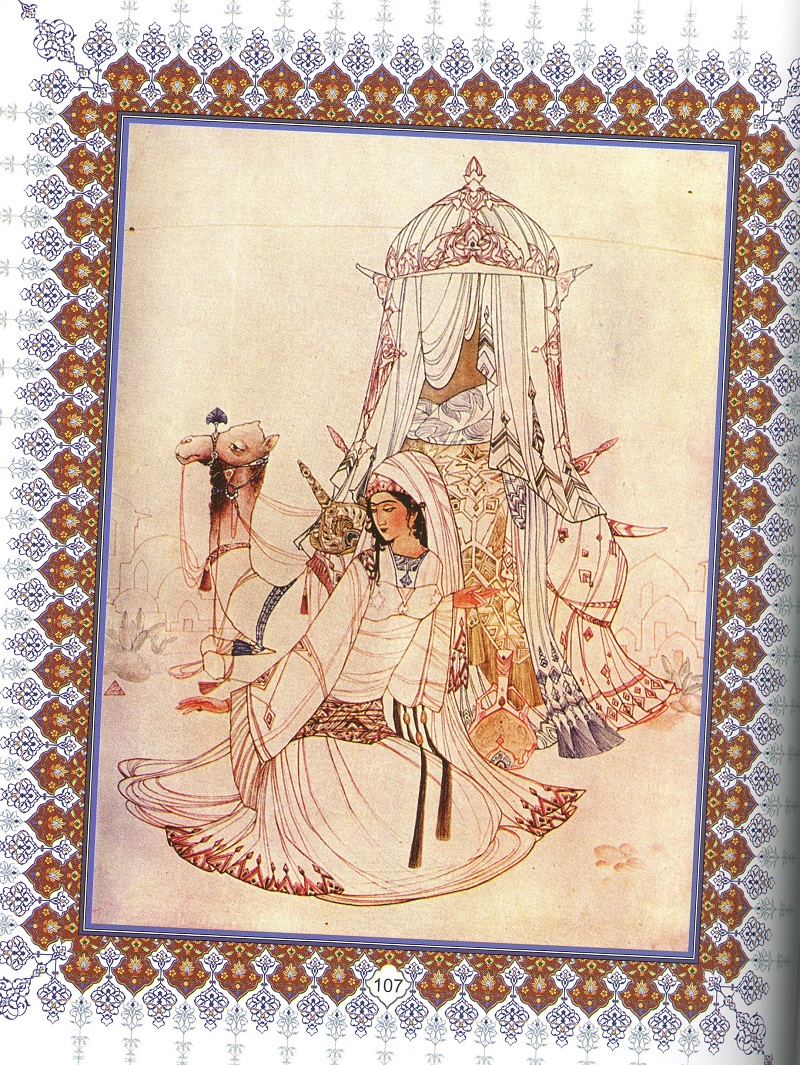FWP:
SETS == A,B; POETRY; SYMMETRY
MADNESS: {14,3}
For background see S. R. Faruqi's choices. For more on Ghalib's unpublished verses, see the discussion in {4,8x}.
As a brilliantly 'A,B' verse, this one leaves us to put the two lines together for ourselves. Perhaps the two lines both refer to the same situation (the inability of poetry to capture the absolute beauty of Meaning). Perhaps the first line is the cause, and the second the effect (because Majnun is too crazy to describe anything accurately, the beloved of Meaning remains hidden and on the move). Perhaps the second line is the cause, and the first line the effect (because the beloved of Meaning remains hidden and on the move, Majnun is driven to crazy babbling in his longing to see her). Or perhaps the two lines present different and contrasted situations: mad poets rave on, while the veiled beloved of Meaning pursues her own quite different journey (this is my own favorite reading).
It's irresistible for us to take Majnun as representative of poets generally, in his 'mischievousness of expression'; but in grammatical terms the verse could be about him alone, or about mad lovers rather than poets. And of course, what is 'mischievousness of expression'? A deliberate attempt to flirt with the beloved of Meaning? A generalized playfulness and inventiveness of language? A symptom of Majnun's madness? A result of vaḥshat in some other sense? (See the definition above for the full range of this usefully versatile noun.)
ABOUT the maḥmil : The emphasis on 'secrecy, mystery' suggests that the 'Laila of meaning' should be seated not 'on' any ordinary-looking camel-saddle (for an elegant one, and discussion, see {29,1}), but 'in' something that could veil her from prying eyes. As best I can guess from Platts's use (see the definition above) of 'double load' and 'dorser' (which means something like 'carrying-basket, pannier'), we could perhaps imagine the camel-litter as a more elegant and at least semi-enclosed version of these ('Illustrated London News', 1857):

If we imagine a 'dorser' much more elaborate and sophisticated than these, the 'Laila of meaning' could perhaps manage to veil herself from prying eyes within it. For another such maḥmil , perhaps shaped like a tulip, see {8,6x}. And for others that that are 'bound on' (presumably to an animal) in preparation for traveling, see {29,1}; {314x,2}; {352x,1}. (For altogether abstract ones, see {349x,1}; {376x,4}; {385x,1}; {415x,7}.)
In fact, in Mughal times and in Ghalib's North India, aristocratic ladies seem almost never to have ridden on camels, in any fashion. Instead, they usually travelled in discreetly closed or curtained palanquins (a crude version of which appears in the foreground of the picture above). See {76,4x} for a maḥmil that seems to be carried on shoulders-- or anyway, on the 'shoulder of a spark'. However, the normal word for such a shoulder-borne 'palanquin' was pālkī ; Platts gives a number of other terms for different kinds ( pīnas , ḍayan , sukh , shivikā , khaṛkhaṛiyā , meghah , menā , miyānah , yān ), but maḥmil is not among them.
Alternatively, ladies might travel in special enclosed carriages (if the state of the roads made this feasible); here's a photo of 'a zenana carriage'. Or elite ladies might use carefully pardah-curtained versions of fancy elephant howdahs like these (1867):
In fact, this photo by Samuel Bourne (1860's?) of 'state elephants' seems to include at least one suitably enclosed howdah:

It's probably no coincidence that the word haudah , which in Arabic referred to a ladies' camel-litter, in Urdu, and in India, came to refer to a similar device for an elephant (Platts p.1240). And a havā-dār was a 'seat placed on an elephant (to ride in)' (Platts p.1240). Compare the use of ʿamārī , a canopied elephant litter, in {164,3}.
But in any case the verse imagines a ghazal kind of traveling, not a real kind. Needless to say (at least, I hope it's needless) all such speculation is quite peripheral to our understanding and enjoyment of the verse. But if we can't treat ourselves to an occasional good digression, what's a commentary for?
Here's how the artist Muhammad Abd ul-Rahman Chughtai envisioned the beloved's maḥmil , in 'Muraqqa-e Chughtai, Divan-e Ghalib' (New Delhi: Ghalib Institute, 2018 [1928]).


Asi:
Except for the madness/wildness of Majnun, no one can express its mischievousness, because the Laila of speech/poetry is concealed in the camel-litter of secrecy/mystery. Therefore first a madness/wildness like that of Majnun should be created, then one can express its mischievousness.
== Asi, p. 235